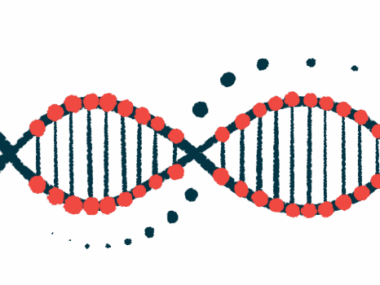Children With Gaucher May Need Long-term ERT to Reach Desired Immune Responses, Study Says
Written by |

Children with Gaucher disease who are on enzyme-replacement therapy (ERT) continue to have abnormal levels of immune cells, despite partial improvements, a study suggests.
Therefore, these patients may need long-term ERT to restore their immune responses to desired levels, scientists say.
The study, “Downregulation of B Regulatory Cells and Upregulation of T Helper 1 Cells in Children With Gaucher Disease Undergoing Enzyme Replacement Therapy,” was published in the journal Immunologic Research.
The immune system is the body’s defense against invaders, such as disease-causing bacteria and viruses. Broadly, the immune system functions by promoting inflammation when a threat is detected, then — once the threat has been resolved — limiting inflammation to avoid damage to the body’s own tissues.
People with Gaucher disease have immune system impairments and high amounts of inflammation. Understanding the roles of specific types of immune cells in Gaucher disease and how these cells change in response to treatments, such as ERT, remains an ongoing field of research.
In the study, researchers in Egypt addressed this knowledge gap by focusing on B-cells, which are inflammatory cells that are best known for making antibodies, as well as regulatory B-cells (Bregs) — a specialized type of B-cell that works to limit inflammation.
“As far as we know, it is the first study to address the status of Bregs in GD [Gaucher disease] patients,” the investigators wrote.
The study included 20 children with Gaucher disease (11 girls, nine boys, average age 10.8 years), including six with type 1 Gaucher disease and 14 with type 3. All had been on ERT for at least two years (up to four years).
For reference, the researchers also analyzed immune cells in 20 children without Gaucher disease (controls), who were matched to the patients in terms of age and sex.
Compared to controls, children with Gaucher had significantly higher levels of B-cells and lower levels of Bregs, and these Breg levels were significantly higher in type 1 than in type 3 disease.
The low levels of Bregs in children with Gaucher “may explain the chronic inflammatory status exhibited in GD patients,” the researchers wrote. “Moreover, the lower levels of Bregs in type 3 compared with type 1 GD patients may indicate its relation with disease severity.”
In addition to B-cells, the team also assessed helper T-cells, a class of immune cell that mainly functions by secreting signaling molecules that help to coordinate the immune response. Helper T-cells can develop into Th1 and Th2 cells. Among other functions, Th1 cells lead to the activation of cells called macrophages to kill microbes and cytotoxic T-cells to kill infected cells. In turn, Th2 cells mainly defend the body against invaders and can also stimulate B-cells to make antibodies.
Another subtype of helper T-cell is the regulatory T-cell (Treg), which functions to limit inflammation and prevent autoimmunity. Previous research has shown significantly reduced Treg levels in children with Gaucher disease who are on ERT.
Children with Gaucher had significantly lower levels of helper T-cells than controls. By subtype, levels of Th2 cells were not significantly different between the two groups, but children with Gaucher disease had significantly higher levels of Th1 cells than controls. Also, patients with higher Th1 levels had greater platelet count and reduced liver enlargement, indicating clinical improvements.
“These findings denote that there is a significant impairment of the immunoregulatory ability of GD patients, since the low number of Tregs observed earlier and of Bregs in the current study could not effectively control the overactive Th1 cells,” the researchers wrote.
“Our results propose that ERT in GD is associated with partial improvement in immune status, and long-term ERT might be needed for the restoration of the desired immune response levels,” they concluded. “Levels of Bregs and Th1 can be employed for monitoring improvement of immune status in GD patients undergoing ERT.”



